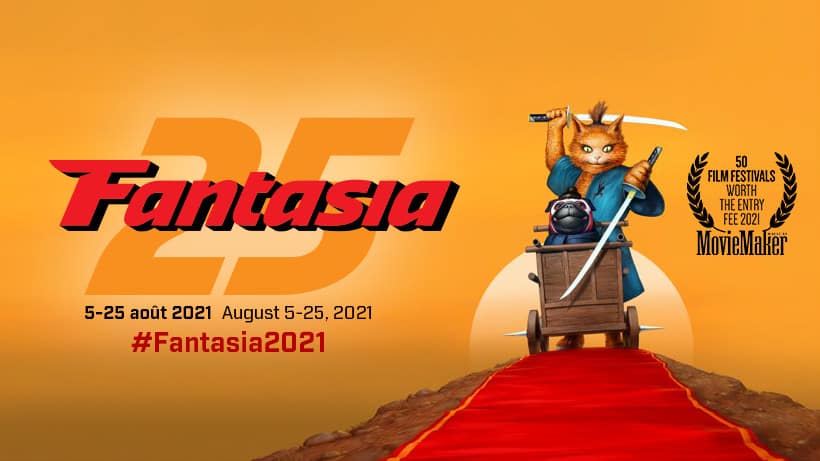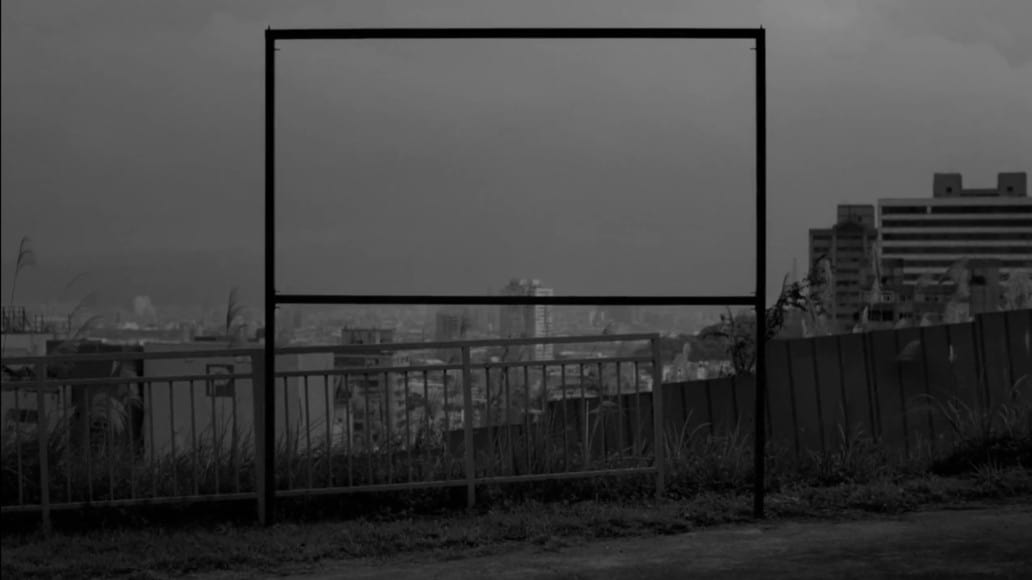The dying out of a number of rural areas in Japan, due to the declining birthrate, the aging population and the intense urbanization that has always characterized the country, has been a significant issue for decades now, as the agricultural sector keeps declining. Yoichi Narita places his story in such an area, also adding a personal experience of his, concerning a green light and crop circle that appeared in his hometown in 1991.
“Follow the Light” is Screening at Fantasia International Film Festival

The location is the fictitious Uguisudani in Akita, whose livelihood is tied to growing rice. Due to the aforementioned issues however, the sole middle school in town will close at the end of the school year, a decision that lays heavily on both students and parents. Akira Nakajima has returned to the area from Tokyo, along with his father, Ryota, after his failed music career led to a hard divorce, with their relationship being rather strained. Akira has trouble adapting, essentially being a loner, until he manages to get a friend in the face of Shota, an equally alienated classmate who is also the victim of bullying. Akira, however, is also fascinated by Maki, a girl who has dropped out of school and is frequently witnessed hanging around the roof of her house. One day, Akira and Shota witness a green light in Hideo Sato's, Maki's father, rice paddy, and running after it, stumble upon a crop circle with Maki lying inside it. The girl insists for them to keep it a secret, and a peculiar relationship begins between Akira and her, which Shota does not see positively, both due to rumors of violence revolving around the girl, and of fear of losing his friend. A bit later, Akira, instigated by the class rep, agrees to make a mural for the end of the school season, but as his efforts start to bear fruit, it is proven that in the age of SNS, hiding secrets is impossible.
Yoichi Narita uses the two aforementioned concepts in order to present a contextually rich narrative, which thrives in the presentation of a plethora of comments. The decline of the rural areas, where Narita also focuses on the different local dialect and cuisine, is juxtaposed with a sense of optimism in the end, suggesting that embracing new technologies and the cooperation of different generations can halt this phenomenon, at least partially. School “politics”, bullying, alienation and the “caste” system that seems to be even more intense in small towns are also commented upon, while being connected with friendship, romance, and subsequently coming-of-age elements. This last part benefits the most by the antithesis of Shota, who is essentially forced to grow up, and Maki, who insists on remaining a child, with the chemistry of the two actors, Tsubasa Nakagawa and Itsuki Nagasawa respectively, being one of the best aspects of the film.
The school arc also benefits the most by the presence of the class rep, whose unwavering strictness, even towards the homeroom teacher who is reluctant to intervene with the case of bullying and Maki's case, is rather impressive to watch, with Rina Ikoma giving a great performance in the part. The scene where she interrupts the people speaking to tell things exactly as they are is one of the most impressive in the movie, also highlighting the excellent editing.
The mystery behind the crop circle and Maki's absence from school also works quite well for the narrative, even more so, after the reasons are revealed as having to do with some very real problems that the girl is not responsible for, cementing, in that fashion, the overall richness of context.
Visually, the movie is also impressive, with the camera capturing the golden colors of the blossomed paddies in the best fashion, with the depth of field and the panoramic shots being implemented artfully. Furthermore, the plethora of shots showing both the land and the sky truly look like paintings, intensifying the visual prowess of the movie.
“Follow the Light” is an impressive Japanese indie that manages to stand out from the plethora of similar productions due to its grounded to reality comments and its outstanding visuals.















